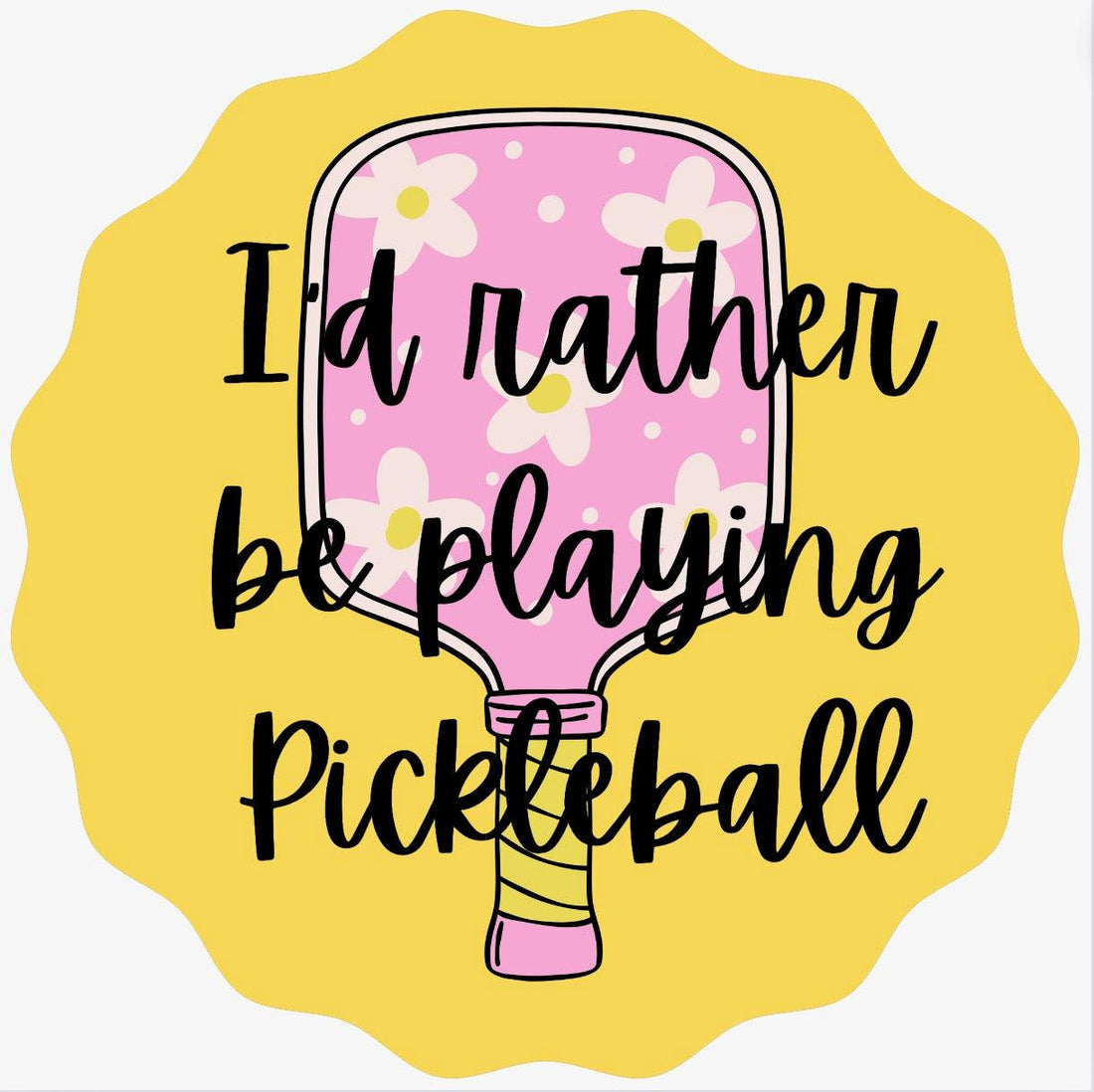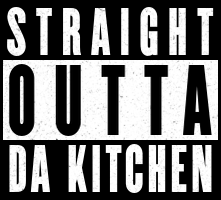
Differences Between Indoor and Outdoor Pickleball
Share
Indoor vs. Outdoor
Pickleball is a game that can be played both indoors and outdoors, but don’t let that fool you into thinking the experience is the same! Each environment offers its own set of conditions that can dramatically impact gameplay, strategy, and even the gear you use. Whether you're playing under the fluorescent lights of a gym or in the open air of a local park, understanding the differences between indoor and outdoor pickleball can make a huge difference in your game. USA Pickleball provides official specifications for indoor courts, outdoor courts, indoor balls, outdoor balls and other equipment like pickleball paddles.
1. The Pickleball Court Surface
One of the most immediate differences you’ll notice between indoor and outdoor pickleball is the playing surface. Indoor courts are typically made of smooth hardwood, like a basketball or volleyball court, while outdoor courts are usually asphalt or concrete, similar to a tennis court.
Indoor Courts: The hardwood surface leads to a much faster game. The ball skids and bounces lower due to the smooth texture, so you’ll need quicker reflexes and sharper footwork to keep up.
Outdoor Courts: Asphalt and concrete offer more grip, leading to a higher bounce. However, outdoor courts can be rougher, affecting ball control, and can create more wear and tear on your shoes and paddles.
2. The Pickleball Ball
Pickleball balls are not one-size-fits-all. The type of ball you use indoors versus outdoors has a huge impact on gameplay.
Indoor Balls: These balls are typically lighter, softer, and have fewer holes (26 holes, to be exact). They’re designed for slower, more controlled play, which is necessary due to the faster indoor court surface. The softer nature of indoor balls allows for more spin and control.
Outdoor Balls: Heavier and more durable, outdoor balls have 40 smaller holes. This design helps them withstand wind and uneven surfaces better. However, outdoor balls bounce harder and faster, making the game quicker and less forgiving of mistakes.
3. Weather Conditions
Playing pickleball outside adds a level of unpredictability that indoor players never have to worry about—weather.
Wind: Wind can drastically affect ball movement outdoors, forcing players to adjust their shots. You may need to add more power or control depending on wind direction. A light wind can be manageable, but strong gusts can turn a simple rally into a strategic battle of placement.
Sun: Bright sunlight can impact visibility, particularly during high lobs. Wearing sunglasses or hats is essential for outdoor play. Also, heat can affect your stamina and the bounce of the ball, making hydration and sun protection vital for extended play sessions.
Rain or Moisture: Wet outdoor courts are unplayable for safety reasons, as slick surfaces lead to slips and falls. Even if the court dries out, a damp ball or paddle can still affect your grip and control. Indoor courts, of course, don’t face these challenges.
4. Noise Levels
Indoor and outdoor environments can also differ dramatically in terms of noise, which can affect your concentration and focus.
Indoor Play: The confined space of indoor courts can amplify sounds—think paddles hitting balls and players communicating. This can make it harder to focus, especially in a crowded gym with multiple games going on at once. However, indoor play is consistent when it comes to sound; there are no environmental factors to consider.
Outdoor Play: While outdoor courts are generally quieter, noise from the surroundings, like traffic or people, can distract players. The wind rustling through trees or other external noise can subtly influence your level of concentration.
5. Ball Control and Spin
Because indoor and outdoor balls behave differently, controlling the ball and generating spin are two areas that require adaptation.
Indoor Play: Indoor balls are more responsive to spin, allowing for a more controlled, finesse-driven game. Topspin, backspin, and dinks are easier to execute and have a greater impact.
Outdoor Play: The heavier, harder outdoor ball is less affected by spin and moves faster through the air, which makes rallies quicker. You’ll find yourself relying more on power than finesse, and it’s more challenging to control the ball, especially in windy conditions.
6. Strategies and Adjustments
The strategies used in indoor and outdoor pickleball can also differ significantly.
Indoor Play: Due to the faster court surface and softer ball, players typically employ a more patient, strategic game. Drop shots, dinks, and spin shots are highly effective indoors. Reflexes and quick footwork are crucial as the ball skids across the court.
Outdoor Play: The outdoor game is often more aggressive and fast-paced, as the conditions demand it. Because of the higher bounce and heavier ball, players may find themselves engaging in longer rallies and relying on deep, powerful shots to force errors from their opponents.
7. Clothing and Gear Considerations
Lastly, you’ll want to think about how you dress and what gear you use depending on whether you're playing indoors or outdoors.
Indoor Play: Indoors, you're generally more comfortable, so lightweight clothing that allows easy movement is ideal. Court shoes with minimal tread are preferred since the surface is smooth, and heavy treads can cause you to trip or stop too suddenly.
Outdoor Play: For outdoor play, you’ll want to consider the weather. Lightweight, moisture-wicking fabrics are best for hot, sunny days. Hats, sunglasses, and sunscreen are essential when playing outdoors. Shoes with more tread are useful for outdoor surfaces, providing better grip and preventing slips.
Final Thoughts
Both indoor and outdoor pickleball offer unique challenges and joys. Indoor play gives you the consistency of a controlled environment, perfect for honing your precision and finesse. On the other hand, outdoor play provides an unpredictable but rewarding experience, where power, strategy, and adaptation are key. Knowing how to adjust your gameplay based on the conditions and understanding the differences between the two settings will make you a more well-rounded pickleball player. Whether you're a casual weekend warrior or a competitive enthusiast, mastering the art of both indoor and outdoor pickleball will keep you sharp no matter where you play.
Happy playing!
Looking for the best pickleball gear? Check out our Straight Outta Da Kitchen Shop for top-rated apparel and accessories to elevate your game!
